What is Search Arbitrage: Is Search Arbitrage Profitable?
Take a Quick Look
Learn what search arbitrage is, how it works, and whether it’s truly profitable in 2025. Discover proven strategies to earn smarter from ads—read the full guide now!
Search arbitrage is one of those online marketing strategies that often sounds mysterious—but in reality, it's surprisingly simple. It's based on the same logic as any kind of arbitrage: buy something for less, sell it for more, and pocket the difference. In this case, the "something" is traffic. You buy cheap clicks from one ad network (like Taboola, Bing Ads, or native ads) and send them to a landing page that monetizes through high-paying ads or affiliate offers. The profit comes from the difference between how much you pay for each click and how much you earn per visitor.
If you've ever wondered how people make money online by "flipping traffic," this guide breaks it all down—from how search arbitrage works to whether it's still profitable in 2025.
What is Search Arbitrage?
Search arbitrage, a type of traffic arbitrage, is the practice of purchasing low-cost traffic from one advertising network and directing it to web pages that earn higher ad revenue elsewhere.
In simpler terms:
- You pay $0.02 for a click from a traffic source.
- The visitor lands on your site and clicks an ad that earns you $0.05.
- You just made a $0.03 profit per visitor.
When multiplied by thousands of visits per day, this can generate steady income.
Unlike traditional affiliate marketing, which focuses on selling products, search arbitrage focuses purely on traffic and ad yield optimization. You don't need to sell anything—you just need to make sure your cost per click (CPC) is lower than your revenue per click (RPC).
How Does Search Arbitrage Work?
Here's a simple step-by-step breakdown of how the process looks in real-world campaigns:
1. Traffic Acquisition
You start by buying traffic from a network like Google Ads, Bing Ads, or native ad platforms such as Taboola or Outbrain. The goal is to target keywords or placements where clicks are cheap.
2. Landing Page Setup
You create a landing page that hosts high-paying display ads, such as AdSense, Ezoic, or Mediavine. Alternatively, you can direct users to content with affiliate links.
3. Monetization
When users land on your page and click ads or interact with the content, you earn revenue.
4. Optimization
You analyze the difference between traffic cost and ad revenue. If your average revenue per visitor (RPV) exceeds your cost per visitor (CPV), you scale the campaign.
Essentially, it's about leveraging platforms that undervalue clicks and redirecting traffic to platforms that overpay for engagement.
Types of Search Arbitrage
There are several variations depending on how you source traffic and monetize it:
1. Search-to-Search Arbitrage
The most classic type. You buy ads on one search engine (for example, Bing) and redirect users to a page filled with ads from another search engine or partner site (like Google).
2. Search-to-Content Arbitrage
You drive traffic to a content-heavy page optimized with AdSense or programmatic ads. These pages often use engaging titles ("Top 10 Gadgets That Save You Money in 2025") to encourage clicks.
Here, you use native ad platforms (Taboola, MGID, Outbrain) to bring cheap clicks and monetize them through high-yield ad networks.

4. Affiliate Arbitrage
Instead of relying on display ads, you promote affiliate offers that pay per lead or sale.
5. Social and Push Arbitrage
You buy cheap traffic through push notifications or social ads, redirecting it to monetized landing pages.
Each approach has its nuances, but the core logic stays the same: buy cheap, sell high.
The Pros and Cons of Search Arbitrage
Like any online business model, search arbitrage has both benefits and risks.
Pros
● Low barrier to entry: You don't need to build a brand, stock products, or deal with customers.
● Fast results: Campaigns can generate revenue within hours of launch.
● Scalable model: If you find a profitable combination of traffic and content, scaling is straightforward.
● Diverse monetization: You can experiment with AdSense, affiliate offers, or sponsored content.
Cons
● Thin margins: Profits can be as small as fractions of a cent per click, requiring high volume.
● Ad policy risks: Some ad networks frown upon arbitrage-like behavior, so compliance is essential.
● High competition: Experienced media buyers and automated systems make it tough for beginners.
● Frequent optimization: ROI can shift daily, requiring constant monitoring and testing.
To mitigate risks—especially when managing multiple ad accounts—using a dedicated antidetect browser like AdsPower helps prevent bans, track campaigns separately, and manage traffic sources safely.
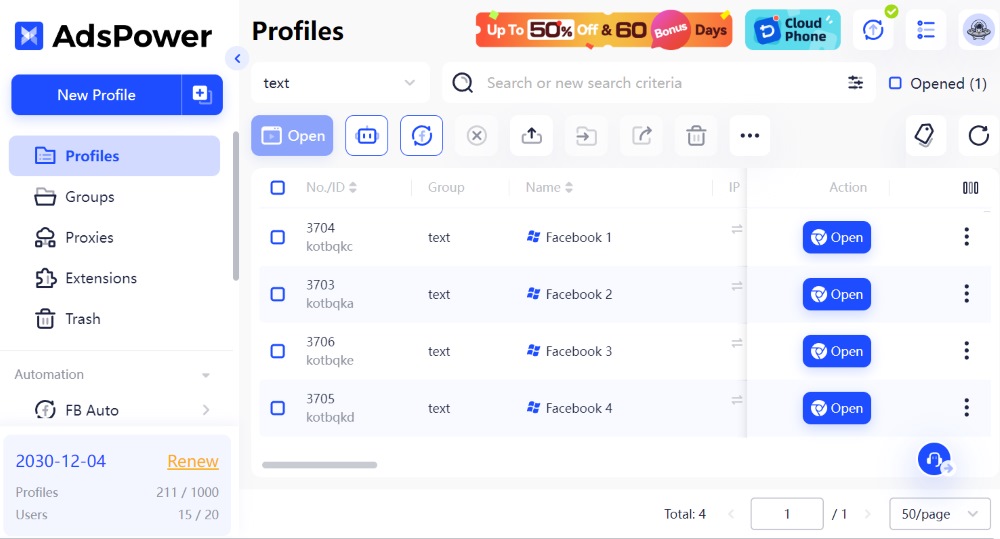
Is Search Arbitrage Profitable?
The big question every beginner asks is: Can you actually make money with search arbitrage in 2025?
The short answer: yes, but only if you master testing, compliance, and optimization.
Arbitrage thrives in niches with:
● Low CPC (cheap traffic)
● High RPM (revenue per thousand impressions)
● Strong user intent or curiosity
For example, finance, health, insurance, and tech are evergreen sectors where advertisers pay top dollar for leads.
However, margins are small and competition is fierce. You're not building a brand—you're exploiting small inefficiencies in ad markets. That means profitability depends heavily on your skill in data analysis, ad placement, and scaling strategy.
How Much Can I Earn with Search Arbitrage?
Earnings vary widely, from a few hundred dollars per month for small players to tens of thousands for large-scale arbitrage operations.
Here's a general breakdown:
| Level | Daily Ad Spend | Average ROI | Monthly Profit Potential |
| Beginner | $10–$50 | 10–30% | $100–$500 |
| Intermediate | $100–$500 | 20–50% | $1,000–$5,000 |
| Advanced | $1,000+ | 30–60% | $10,000+ |
Success depends on constant testing, not luck. Even profitable campaigns can turn negative overnight if CPC spikes or ad networks change their rules.
That's why professional arbitrage marketers often rely on tools like AdsPower—to manage multiple traffic sources, track conversions safely across different accounts, and protect browser fingerprints from detection by ad platforms.
With AdsPower, you can:
● Run dozens of ad accounts from one dashboard.
● Avoid cross-account tracking and bans.
● Assign specific proxies to each profile.
● Test creatives, traffic sources, and niches simultaneously.
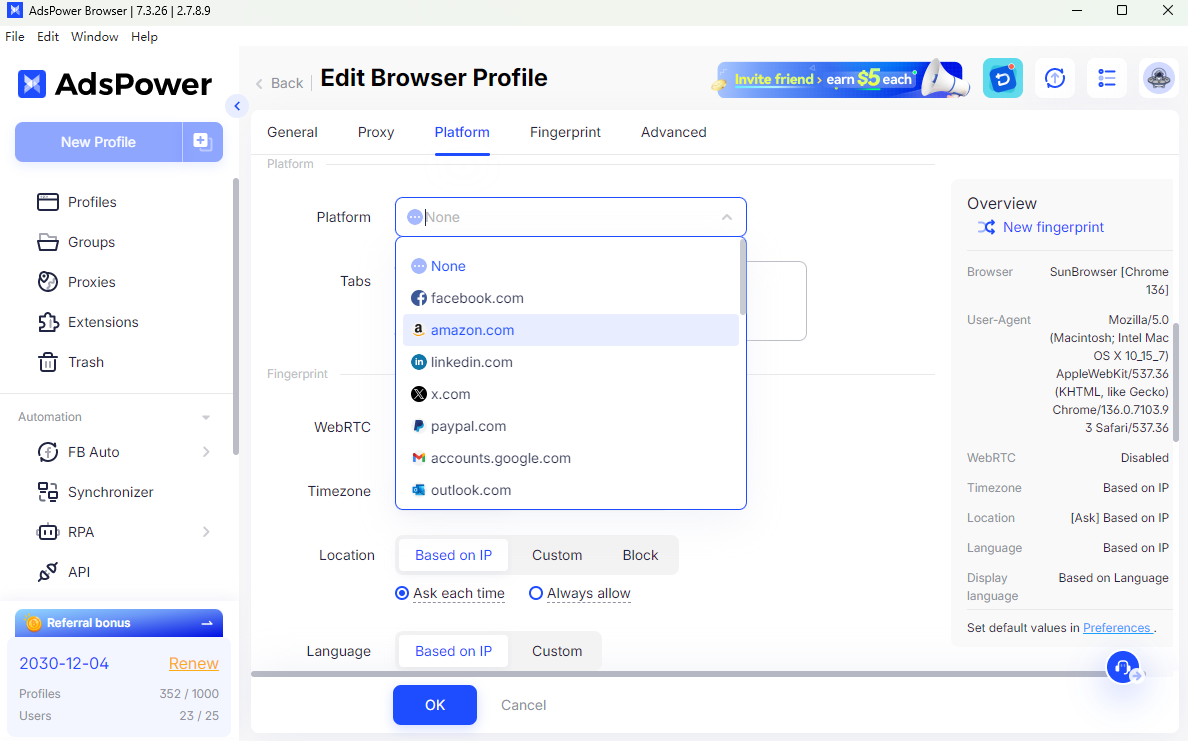
In short, AdsPower helps you scale search arbitrage without the chaos of juggling multiple browsers or logins.
Best Practices for Running Search Arbitrage
To improve your chances of profitability and stay compliant, follow these expert tips:
1. Start Small with Low-Risk Budgets
Begin with $20–$50 daily spend to test traffic and landing pages. Gradually increase once you see consistent ROI.
2. Test Different Traffic Sources
Don't rely on one ad platform. Compare search ads, native ads, and push traffic. Each has unique cost and engagement dynamics.
3. Optimize Landing Pages for Higher CTR
Use engaging headlines, fast-loading pages, and relevant content. The more clicks your visitors generate, the better your ad revenue.
4. Monitor ROI Daily
Track your CPC, RPM, and conversion rate daily. Arbitrage margins are tight—one day of unprofitable traffic can wipe out a week of gains.
5. Avoid Clickbait or Deceptive Ads
Misleading ads may boost CTR short-term but risk getting banned by ad networks. Always stay within compliance policies.
6. Scale Only After Finding Consistent Profit
Once your campaign produces steady returns, reinvest carefully. Increase your budget by 10–20% per week rather than all at once.
7. Use AdsPower for Multi-Account Management
As your campaigns grow, you'll likely manage multiple ad accounts (Google, Bing, Facebook, native ad networks). AdsPower lets you:
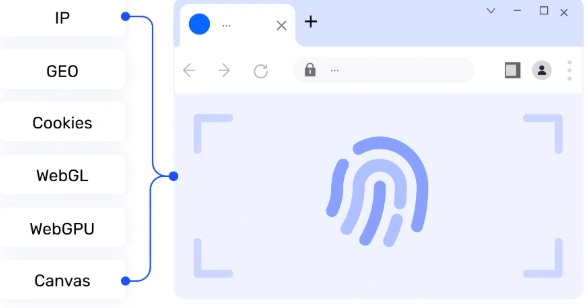
o Create isolated browser environments to protect accounts.
o Assign unique fingerprints and proxies for each campaign.
o Automate repetitive actions like posting ads or A/B testing creatives.
This makes AdsPower an essential tool for scaling search arbitrage safely and efficiently.
By following these best practices, you'll turn arbitrage from a risky hustle into a structured, data-driven business model.
Final Thoughts
Search arbitrage isn't a get-rich-quick scheme—it's a precision game of numbers, optimization, and discipline. When done right, it can be a steady income stream with scalable potential. The key lies in understanding ad metrics, testing systematically, and using the right tools to manage risk and scale safely. By combining AI-driven ad networks, smart automation, and multi-account management platforms like AdsPower, you can transform search arbitrage from a manual grind into a data-powered business.
In 2025 and beyond, as advertising algorithms become smarter, the marketers who blend creativity with technology will lead the next wave of profitable arbitrage success.
FAQ
1. Are there any alternatives to Search Arbitrage?
Yes. If you like data-driven advertising but prefer more control, try:
● Affiliate Marketing: Promote specific products or services for commissions.
● Media Buying with Lead Gen: Generate leads for businesses using paid ads.
● Content Monetization: Build niche sites that earn from display ads without buying traffic.
Search arbitrage can also complement these strategies—many affiliates use it to drive initial traffic or test offers.
2. Is Search Arbitrage Legal?
Yes, search arbitrage is legal as long as you comply with the ad networks' policies. Problems arise only when advertisers mislead users or engage in click fraud.
Always read your traffic source's Terms of Service carefully, especially regarding redirects, auto-clicks, and user intent. Using transparent ad copy and compliant landing pages keeps you safe.
Pro tip: managing campaigns via AdsPower helps reduce compliance risks because it keeps each ad account isolated and prevents accidental cross-tracking that might trigger flags.
3. Do I Need a Big Budget to Start?
Not at all. Many successful arbitrage marketers start small, testing campaigns with as little as $20–$50 per day.
The real investment is your time in analyzing metrics, optimizing landing pages, and scaling smartly. As profits grow, reinvest into higher-quality traffic sources or automation tools to boost efficiency.

People Also Read
- How to Access Kickass Torrents Safely: Get Kickass Torrent Site Unblocked
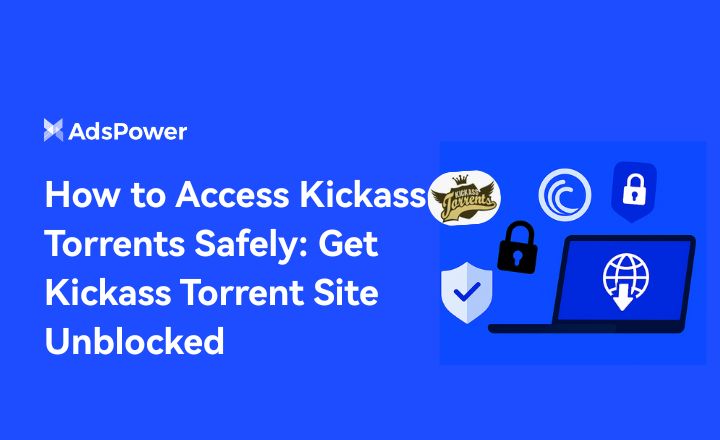
How to Access Kickass Torrents Safely: Get Kickass Torrent Site Unblocked
Safely access Kickass Torrents in 2025 with secure tools, trusted mirrors, and step-by-step methods to unblock, download, and avoid malware or risks.
- What are Client Hints? Differences Between Client Hints and User Agent
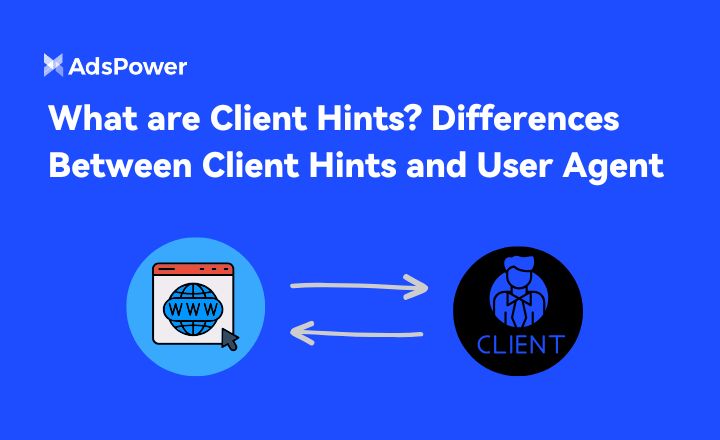
What are Client Hints? Differences Between Client Hints and User Agent
Learn what Client Hints are, how they work, and how they differ from the User-Agent string. Get clear examples, SEO insights, and practical guidance
- The Essential Amazon Guide: Account Management, Security & Solutions
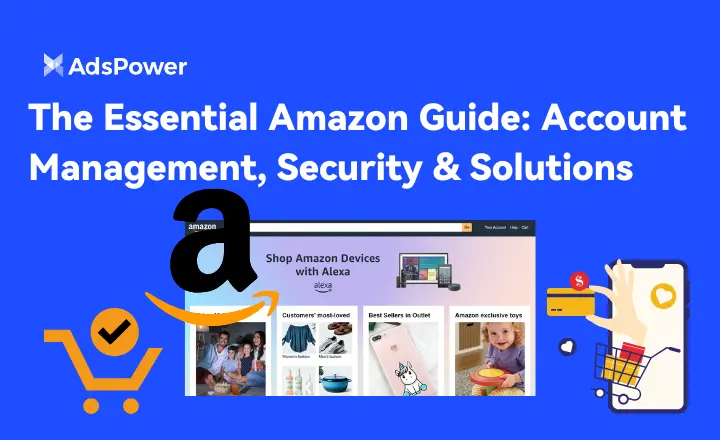
The Essential Amazon Guide: Account Management, Security & Solutions
Master Amazon account management with this guide. Fix suspensions, scrape data safely, and secure your accounts. Get the expert solutions you need to
- How Can You Actually Make Money on Upwork?

How Can You Actually Make Money on Upwork?
Learn how to make money on Upwork with clear steps, tips, and strategies. Build your profile, win clients, and grow sustainable freelance income.
- All-in-One Instagram Knowledge Hub: Secure, Manage & Grow Multiple Accounts

All-in-One Instagram Knowledge Hub: Secure, Manage & Grow Multiple Accounts
Your all-in-one Instagram knowledge hub. Learn Instagram management, how to manage multiple Instagram accounts, recover disabled profiles, fix shadowb



